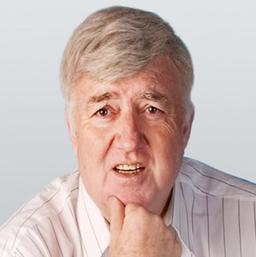The first thing my wife and I usually do each time we return to New Orleans is to head to a place across from Jackson Square that we, along with so many other visitors, consider one of the very best New Orleans experiences.
To us, and probably to most tourists, New Orleans just wouldn’t be New Orleans—and its French Quarter just wouldn’t be French—without Café Du Monde. Established in 1862, this renowned open-air coffee shop on Decatur Street—in French its name means “Café of the World” or “The People’s Café”—is a New Orleans landmark and leading tourist attraction that is world-famous for its café au lait and beignets.






